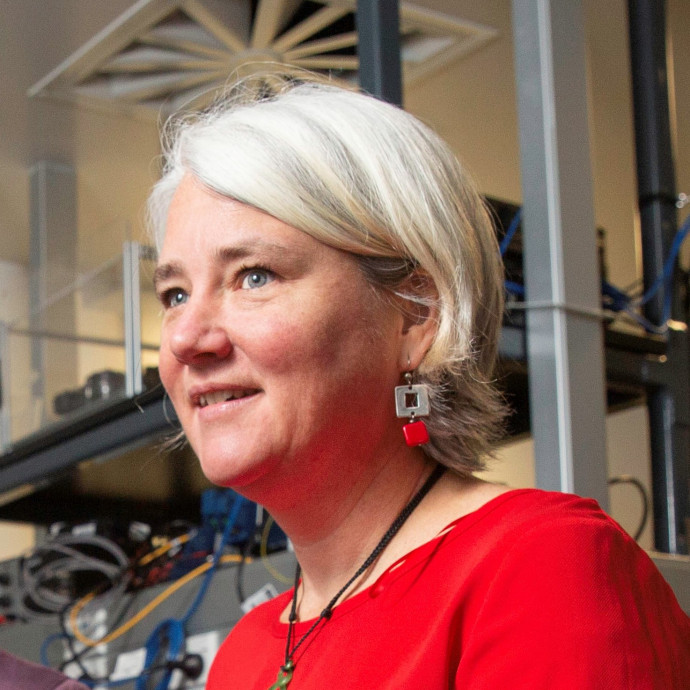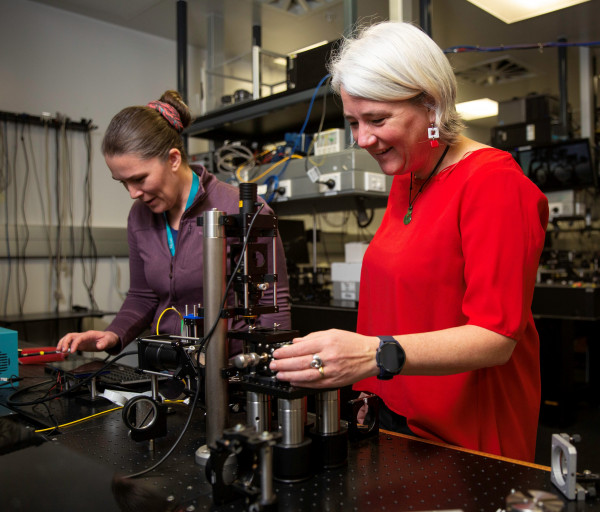Finding the right tools to understand the joints that keep us going

Associate Professor Frederique Vanholsbeeck of the University of Auckland and team are exploring how joint tissues, the stuff that supports our bones, alter under the weight of everyday life
Published on 3 Whiringa-ā-rangi November 2021
Weight-bearing soft tissues, commonly called joint tissues, are a vital component of daily life, powering all sorts of body movement. How joint tissues degrade and under what conditions is difficult to predict. Current research and diagnosis methods for joint tissue problems mostly involve imaging methods like ultrasound and MRI. These methods do not investigate the mechanical properties of joint tissues, which is critical for prognosis of joint issues.
Associate Professor Vanholsbeeck has been awarded a Marsden Fund Standard grant to develop a ‘mechano-structural’ assessment system for understanding the physiology of joint tissue – particularly articular cartilage. Articular cartilage, which is the cartilage supporting bone movement, is severely affected in patients with osteoarthritis, a crippling disease that disproportionally affects Māori and costs Aotearoa New Zealand six billion dollars annually. There is no known cure, and current treatments are limited to pain relief, physiotherapy and joint replacement surgery. Thus, early diagnosis of osteoarthritis is very important, but impossible through conventional diagnostic tools.

Associate Professor Vanholsbeek and Dr McGoverin in the Laboratory
Associate Professor Vanholsbeeck and her team will monitor both healthy and diseased tissues under everyday life loads using their in-house imaging tools which visualise tissue at different scales that range through what can be perceived by the naked eye to the cellular and molecular levels. From these studies, they will develop a model of tissue degeneration which will support the development of a Swiss Army style tool allowing the practical monitoring of joints with both keyhole imaging and a force sensing probe to assess the mechanical functioning of joints. This tool will allow medical professionals to monitor joint health and detect injury at very early stages, helping to keep us active and healthy for longer.
